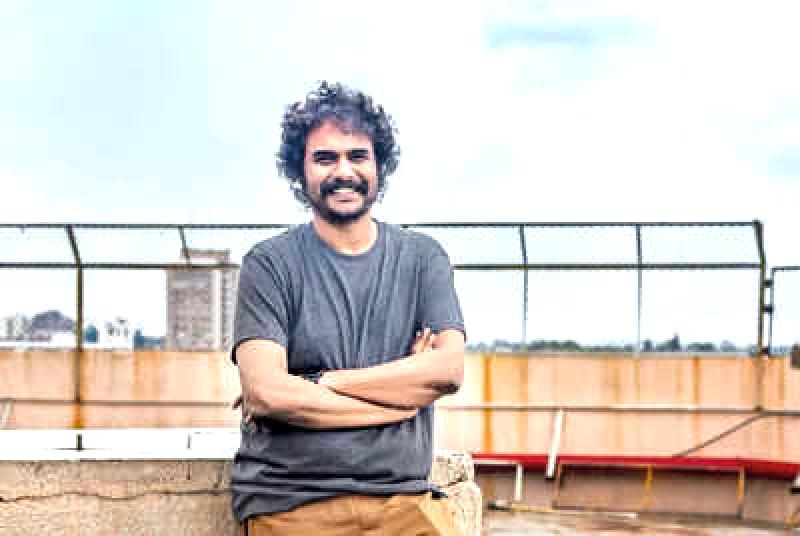
Director Hemanth M Rao notes the concerning trend in the Kannada film industry following the success of 2022, highlighting the lack of blockbuster hits in the past two years and the dwindling audience turnout for Kannada films. He emphasizes the need for a united front to address these challenges, stressing the importance of a collective voice to represent the industry. Rao, a prominent figure with a strong commitment to Kannada cinema, discusses the industry's leadership crisis, his filmmaking philosophy, and the challenges of capturing audience attention in a candid interview with Bangalore Times. He questions the prevailing notion that heroes must make more films to revitalize the industry, advocating instead for a more communal approach to problem-solving. Rao underlines the need for unity within the industry to address issues such as the limited presence of Kannada films on OTT platforms, citing the proactive stance taken by the younger generation in Telugu and Tamil cinema as a model for progress."We do not have our own OTT platform. The government and industry representatives should collaborate and take a stance on this matter. When discussing the lack of support from producers, Hemanth mentions, 'Filmmaking is akin to gambling for them, as it is not their main source of income, leading to a lack of interest in industry regulation.' He also highlights that TV channels offer low fees for Kannada films, citing an example of a Rs 1.5 crore budget film being sold for Rs 10-20 lakh. Hemanth emphasizes the need for unified leadership to address issues like piracy, stating that every film faces this challenge without a strong stance against it.
Regarding misconceptions about commercial success in cinema, Hemanth believes the distinction between commercial and art films is becoming blurred. He argues that any film that sells tickets and makes a profit is commercial, using his film 'Godhi Banna...' as an example of a commercially successful project despite initial doubts. He stresses the importance of making profitable films rather than aiming for unrealistic box office results, advocating for sustainable business practices in the industry. Hemanth suggests that focusing on creating quality cinema to attract more viewers is crucial, cautioning against unrealistic expectations and encouraging filmmakers to play the long game instead of seeking immediate success."Films that resonate with us inspire our filmmaking journey. For instance, our previous work, Aachar and Co, contributed to this cinematic movement. Filmmaker Hemanth compares the process of making a movie to diving into a pool without seeing the depth. He delves into portraying authentic characters by immersing himself in different environments and drawing inspiration from real people. Hemanth enjoys the creative process, likening it to a delightful adventure where he explores new territories. Additionally, he emphasizes the importance of colors in storytelling, noting how they can enhance the audience’s engagement without overshadowing the narrative. Ultimately, he believes that utilizing all aspects of filmmaking effectively is essential to captivate viewers and maintain their interest.











